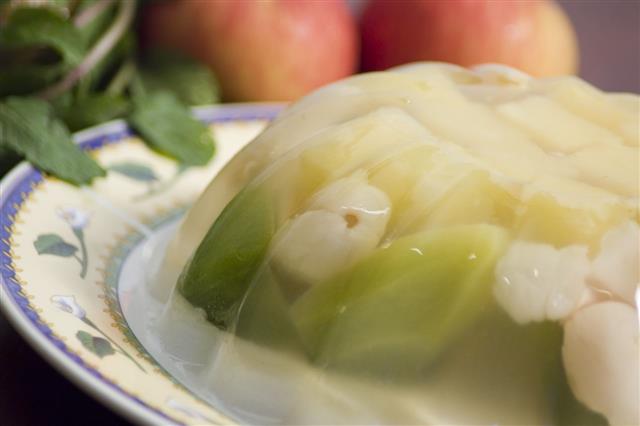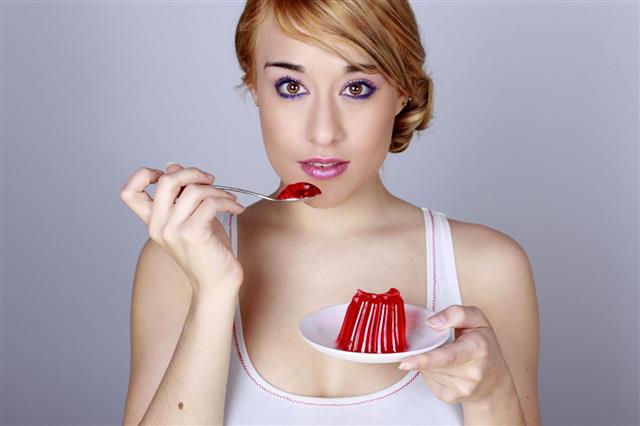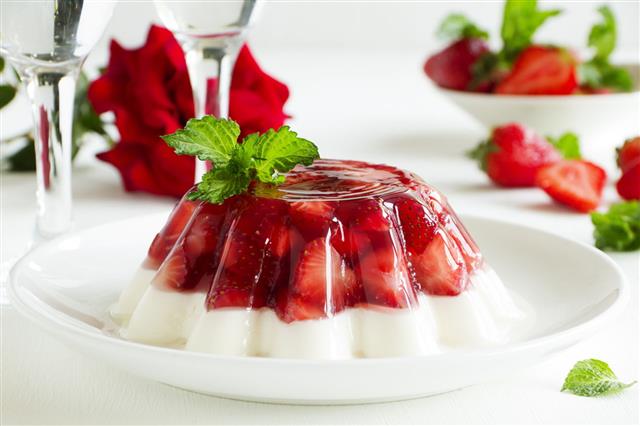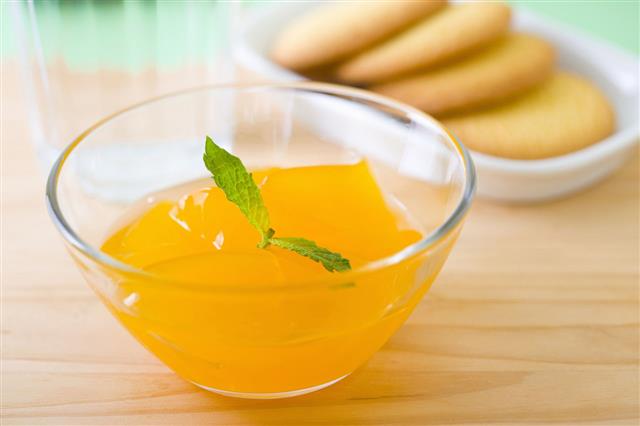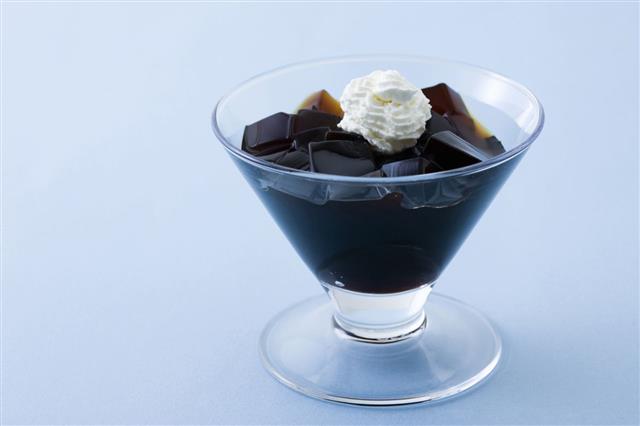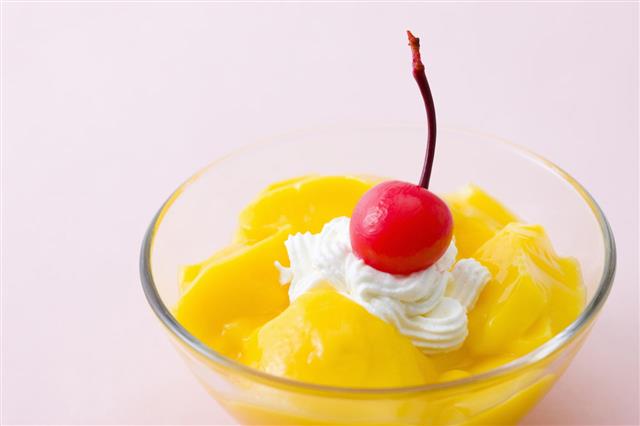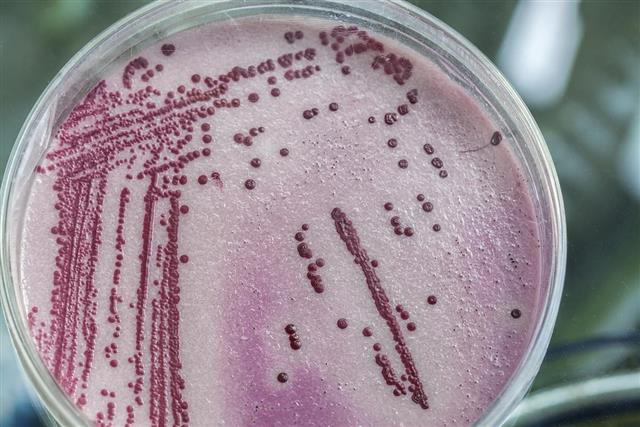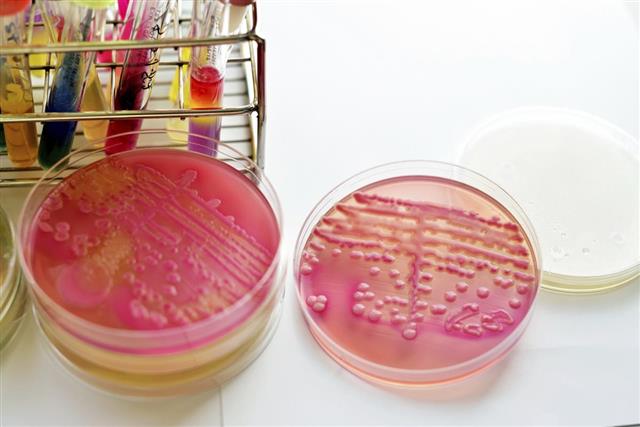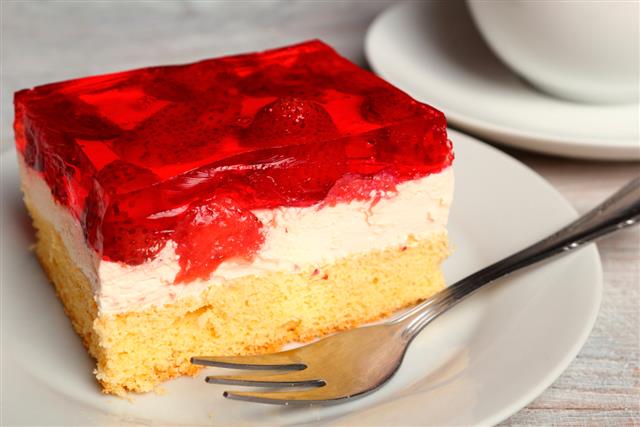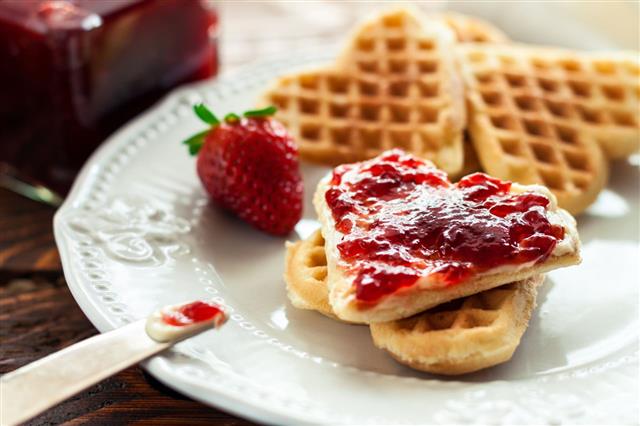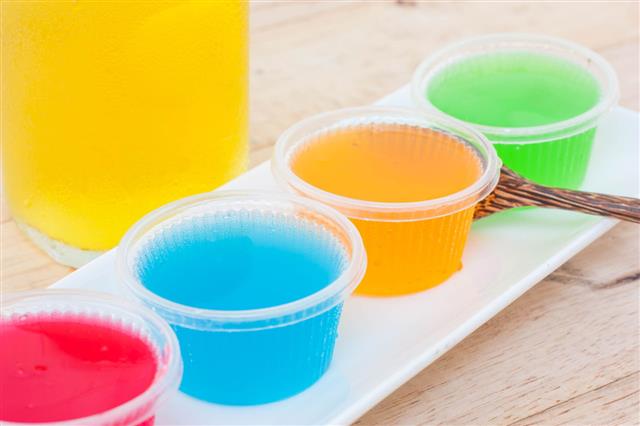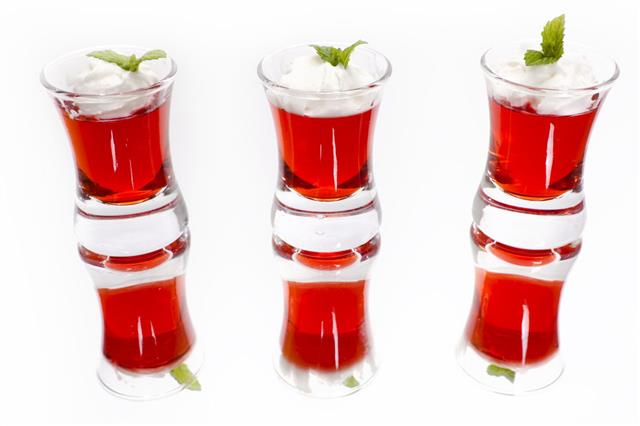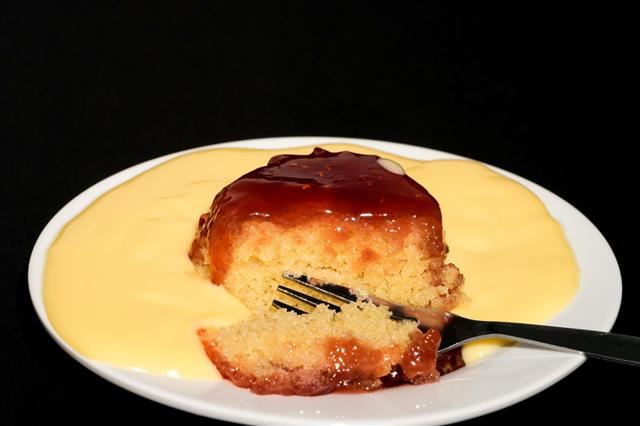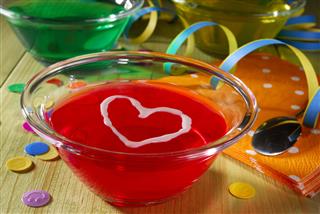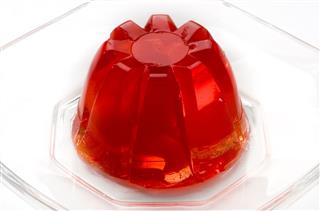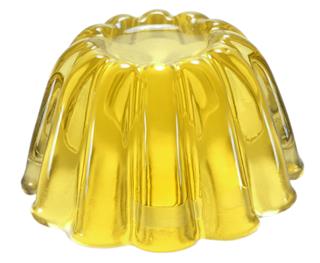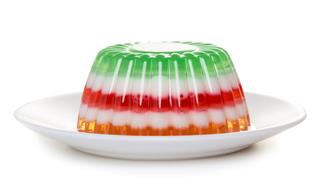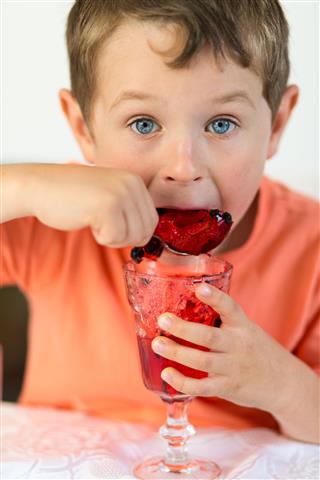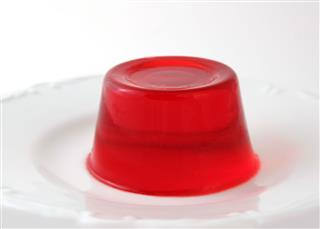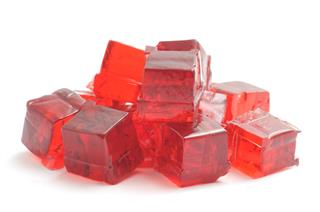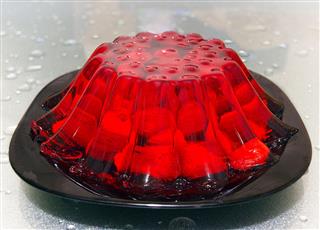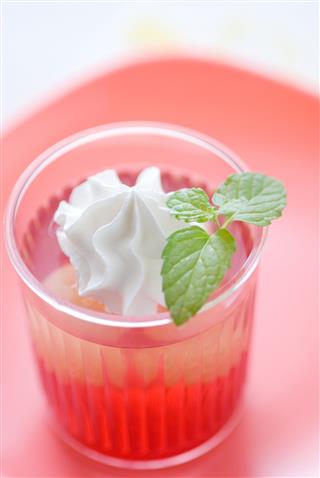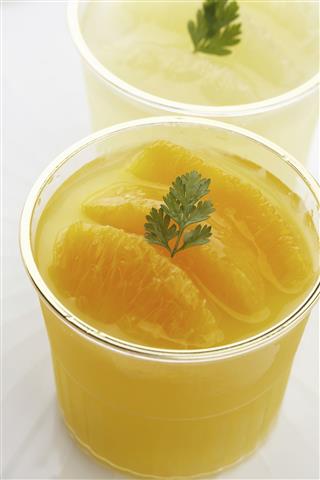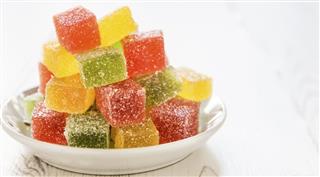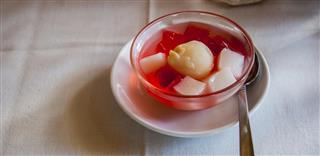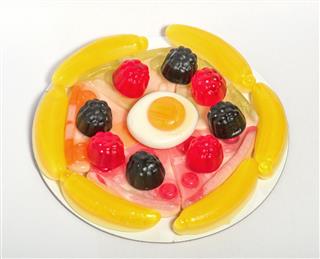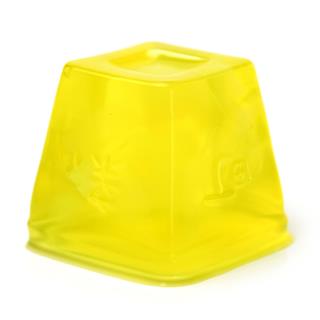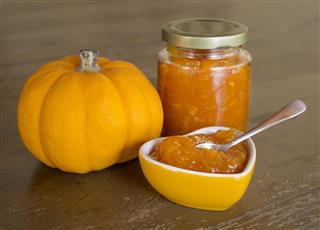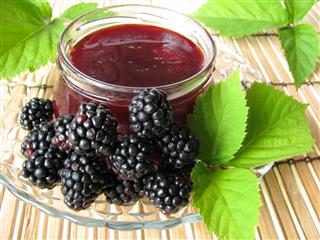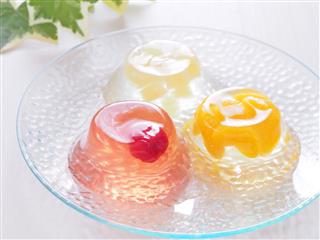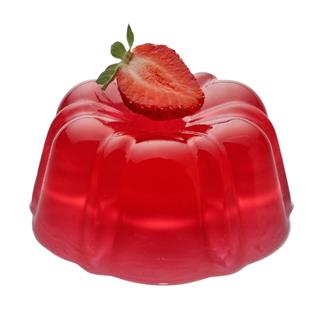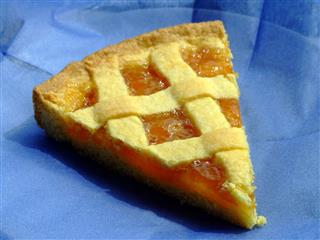
Regardless of what the label reads, have you ever wondered what the actual difference between a jam and a jelly is? If not, then Tastessence will give you the breakdown on their distinguishing factors, even when they taste alike.
Have we forgotten something?
Marmalade, chutney, conserve, fruit butter, confit, fruit curt, compote, and fruit spread are different types of fruit preserves we love to eat with a variety of baked foods.
A type of fruit preserve, although possessing different names and definitions, both jam and jelly are popular across the globe. For people in the U.S., you will find them being used with, for, or in breakfast foods, desserts, and baked items. On the other hand, people residing in the U.K. love to consume them during an afternoon tea.
Even though we indulge in these sinful and delectable fruit preserves whenever and however we like, majority of us can’t tell the difference between the two. Do you what it is? Can you distinguish between jam and jelly? If your reply is ‘no’, then perhaps the following explanations can be the answers you’ve been looking for.
Jam Vs. Jelly: Which is Better?
Even though both jam and jelly are prepared with fruit, there are many elements that separates one from the other. In this following section, we will reflect over these dissimilarities and understand once and for all what each of these food accompaniments are.
WHAT IS JAM?
One of the more popular fruit-based preserve, jams are prepared with one or more fruits (chopped, crushed, puréed, frozen), sugar, water, pectin (thickening agent), and lemon juice. You can use jams by spreading them between two layers of cake, topping a cheesecake, filling cookies, muffins, and cupcakes, or using to flavor frostings.
To prepare different types of jam, all the ingredients are cooked (more like simmered) together until the fruit(s) turns soft and lumpy as they lose their original shape. After a while, excess water from the mixture evaporates and what you are left with is a loose, soft spread with pieces of fruit in it. Also, once cooked, jam keeps the original flavors of the fresh fruit intact.
WHAT IS JELLY?
First of all, let’s get something out in the open―jelly is not the same as Jell-O. The latter, in fact, is a brand that produces different gelatin-based desserts. Jelly is a translucent fruit spread that has a firmer consistency than jam, and does not contain any pieces of fruits (chunked, chopped, or crushed). This is because jellies are prepared with strained fruit juice and sugar.
To incorporate jellies into your cooking, you can use them on French toast, bagels, crackers, and toast and in PB&J, donuts, and cookies. One great thing about jellies is that you can use them in savory dishes as well, like in dipping sauces, for glazing proteins, or in salad dressings.
While making jelly, fresh fruits are crushed to obtain their juices and then cooked over a stove. Then, the juice is filtered (and not squeezed) through a muslin cloth/bag. This clear juice is then boiled with sugar and pectin (optional) until the mixture reaches the correct consistency. The mixture is transferred into a mason jar and left to cool down completely. Once cool, the jelly turns clear and unlike jam, holds the shape.
The most simplest and uncomplicated way of distinguishing between jam and jelly is this―JAM has chunks of fruit in it and JELLY doesn’t. We hope the above mentioned definitions and images help improve your skills to identify and differentiate between jams and jellies.
